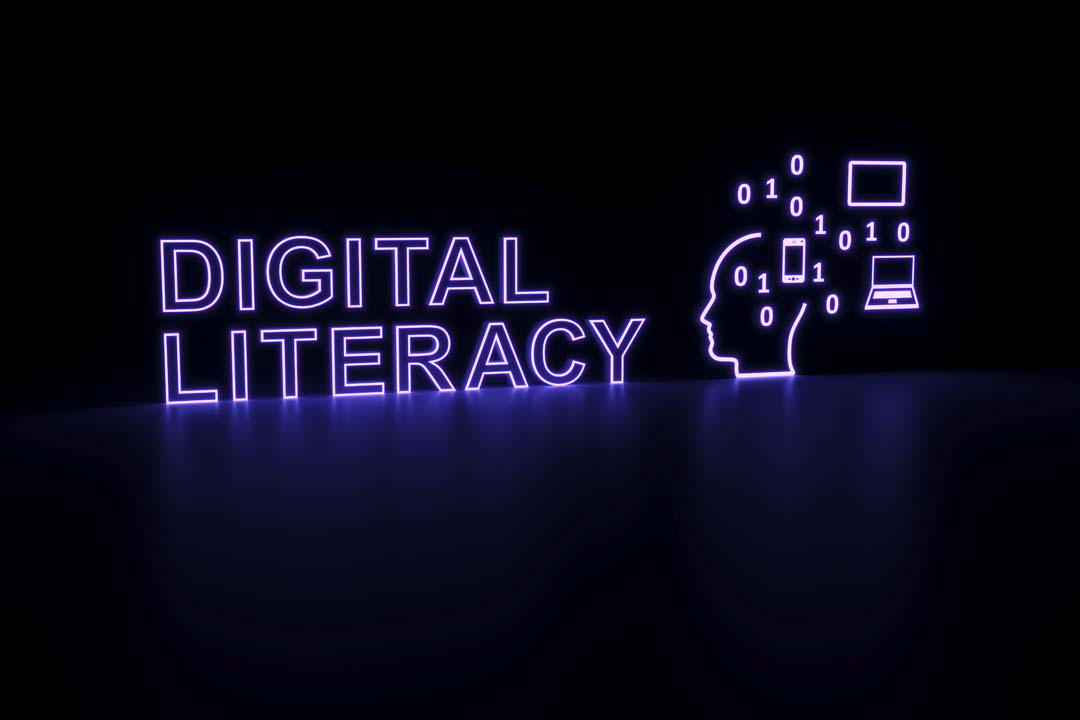Fujitsu’s Amanda Chinnery shares her thoughts and ideas about helping solve the digital skills shortage
During a period of economic instability in the UK, the HR and talent industry has and is facing persistent challenges in the digital skills arena – falling between recruitment and upskilling. According to a new index published by Lloyds Bank, nearly 7.5 million people do not have the required digital skills for the workplace, with a further 24 million stating they are not at all interested in upskilling for the future – the numbers speak for themselves.
Improving digital skills and confidence can be as simple as going back to basics
As digital transformation remains high on the list of priorities for modern UK businesses, the need for digital skills will only continue to grow. In fact, almost all (93%) of UK businesses say they are suffering from an IT skills gap. However, with vacancies normalising in recent years after the pandemic and ‘great resignation’, the onus now falls on businesses to close the gap themselves.
There are two key ways they can do it: upskilling and unlocking Gen Z’s potential.
Who is behind the reluctance to learn digital skills?
Motivating experienced staff to learn new digital skills can be challenging, as there can be a sense that they don’t need to adapt as they’ve been doing their job adequately for the entirety of their career. What some call, the ‘head in the sand’ approach, is where workers refuse to accept how their jobs will likely change. Among those approaching retirement age, there is also the mindset that it is not worth investing their limited time left in learning new skills.
More experienced workers sometimes tend to fear the unknown – maybe even classing themselves as ‘technophobes’: having learnt only the bare minimum technical skills they need to get by. They don’t understand a lot of the basics and worry that trying to learn new skills will only highlight their existing limitations.
Organisational barriers
In the wake of the pandemic, face-to-face class-based training has largely been replaced with online learning, which has its advantages but doesn’t provide the hands-on guidance that in-person instruction does. Technical skills need to be used over and over if they are to become second nature and having people who can guide staff on the job can be beneficial.
Recognising that one size does not fit all is key to developing a successful strategy to bridge the skills gap. Some employees learn very well independently, others will need more support and coaching. Some will thrive learning a new skill in depth, others will benefit most from a high-level overview paired with trial and error.
People leaders must also recognise it’s not just older staff contributing to the tech skills shortage and create a culture where people feel comfortable admitting they don’t know how to do something. At Fujitsu we share a ‘Digital HR Tip of the Week’ with teams – highlighting a feature or capability that colleagues may not be aware of. Through these regular messages and tips, we’ve seen big increases in digital literacy over time.
Why upskilling will be critical
Improving digital skills and confidence can be as simple as going back to basics, instilling proficiency with programmes like e-mail and Microsoft Excel, before moving onto more complicated ones.
Being open and welcoming the rise of AI is becoming increasingly important – which can’t happen without having the fundamentals covered. HR units can do this by providing employees with guidelines around what AI they can use and how, helping employees feel more confident in exploring these new tools once they’ve ‘graduated’ from simpler ones. Understanding prompt engineering will soon become a top skill and is something that can be learnt easily.
Believing in AI and how it can be integrated with other tools will be crucial for boosting efficiency – both for businesses as a whole and individual workers. Its potential to automate tasks cannot be understated and teams need to be set on the right course to take advantage.
Could Gen Z be HR’s secret weapon?
Another valuable asset businesses can harness to improve digital literacy are the digital natives entering the workforce: Gen Z (those born between 1990-2010). It is critical for organisations to empower them by recognising their technological skills and the role they can play coaching colleagues. The new cohort of employees have entered the world of work at a time of great upheaval and while their resilience and adaptability will be tested, the level of insights they can offer is something even mature businesses should not discredit.
HR can help facilitate this tech skills exchange, with those possessing strong digital skills paired with peers who lack confidence. It can be as simple as having a tech ‘buddy’, which will work for some, or inviting Gen Z to run online workshops where they share their expertise with a wider group of employees, useful for those who prefer less hands-on training. Learning teams will need to find inclusive solutions if they expect the impact to reach all areas of the business.
It is critical for businesses to make the most of their technology and access the benefits of digital, as opposed to risking the strain of lagging behind in digital transformation, upskilling and recruiting digital talent. Numerous studies have found untapping the potential of digital can increase output by nearly 10% while reducing employee costs by 7%, for many a lifeline in the current economic climate.
Navigating the digital skills gap in 2024 demands a multifaceted approach from HR leaders and businesses alike. It will be interesting to see how we bridge the skills gap, as we drum up a game plan, this time next year.
Amanda Chinnery is Head of Digital HR at Fujitsu Europe Services




